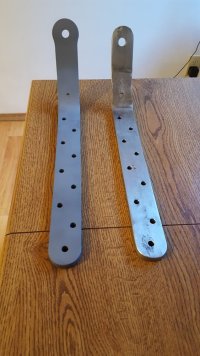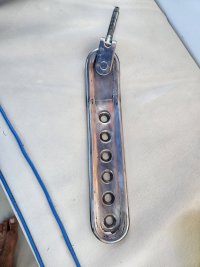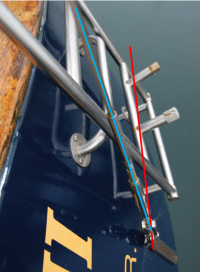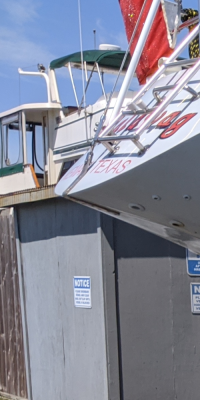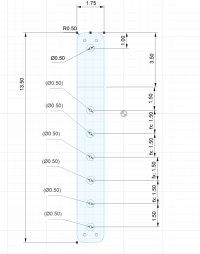If re-locating the holes to "line up" the chainplate, it's probably a good idea to check the rigging first to ensure the top of the mast is where it's supposed to be.The chainplate has to line up naturally before holes are drilled, and I think Ericson was casual about that in my case. If slightly askew when bolted down the strain isn't even on the steel.
Also, a note to the owner, Eric: It looks like the chainplate screw heads have been messed with a bit (post #14) and the original backstay has been altered (post #1) with a Sta-Lok fitting (vs the factory swaged fitting). Might be worth getting the rig checked out if a previous owner made changes to it.
Last edited:


